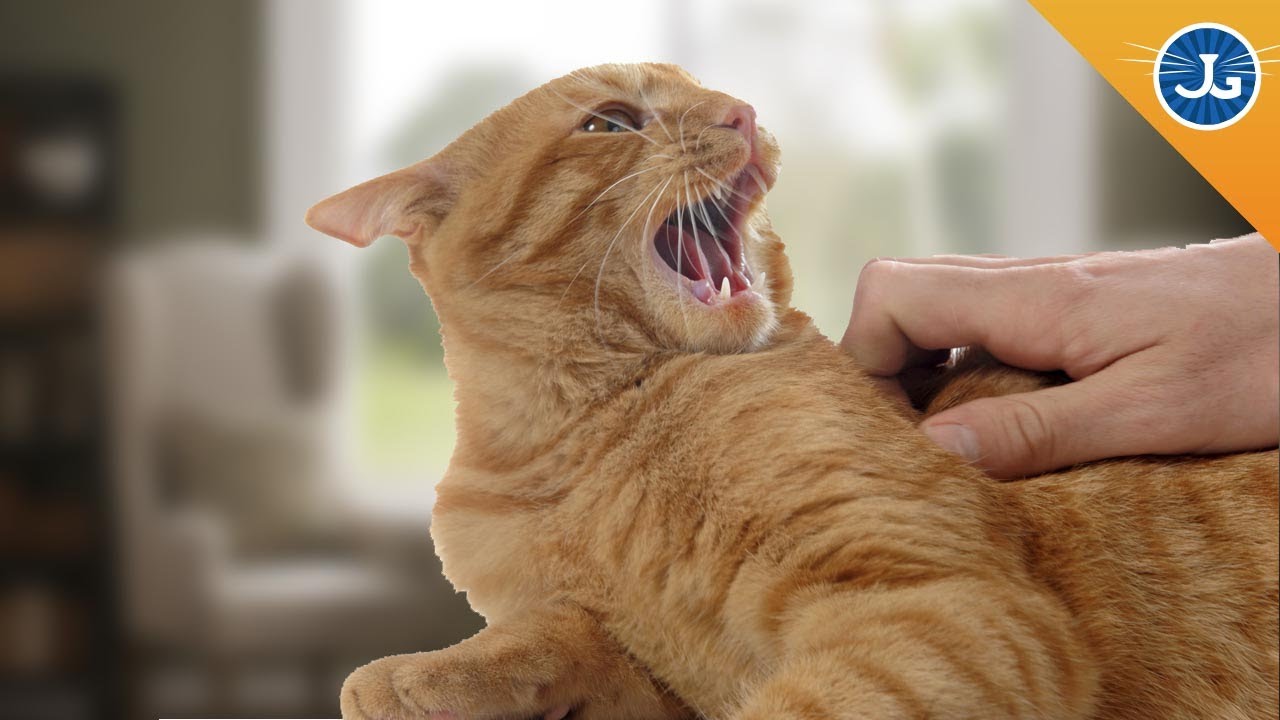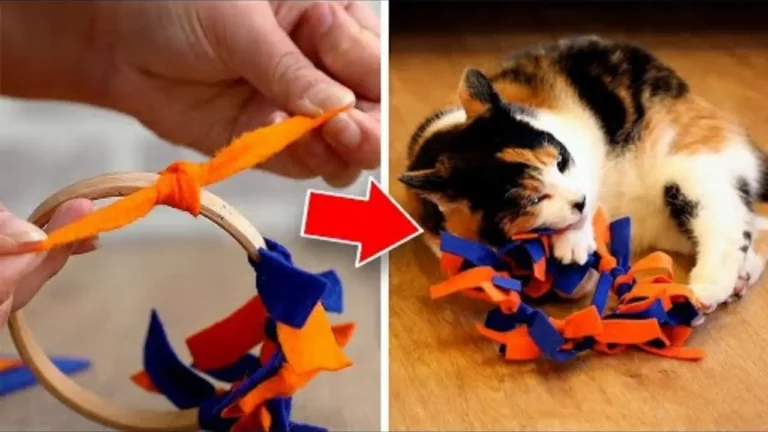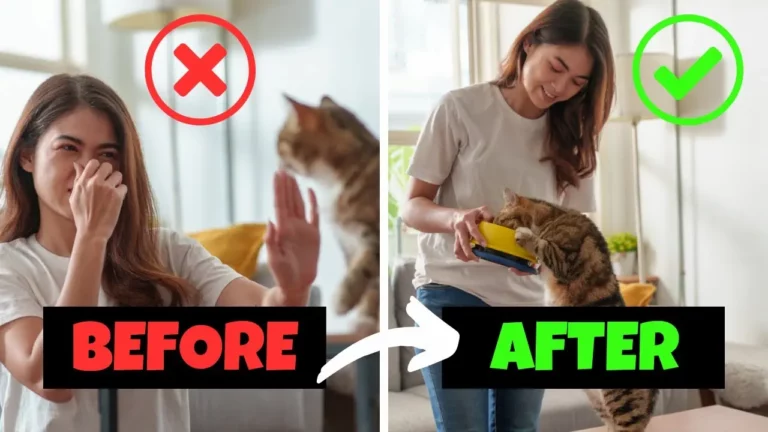You’re Petting Your Cat All Wrong!
I recently discovered that many of us might be petting our cats all wrong, and it’s not as essential as it seems. Understanding a
I was surprised to learn how misinterpreting these signals can lead to overstimulation and stress.
So, what’s the secret to petting your
Let’s explore how to decode these subtle cues and ensure our
How To Understand Cat Body Language
Understanding your
I’ve found that paying attention to subtle cues can make all the difference in ensuring my
For instance, when my
Conversely, if his tail is twitching or puffed up, it’s a sign that he’s agitated and should be left alone.
Another key indicator is his eyes.
Slow blinking typically indicates trust and relaxation, making it a perfect time for gentle petting.
However, wide, dilated pupils can signal fear or excitement, suggesting that I should approach with caution.
His ears also tell a story; when they’re forward, he’s alert and curious, but flattened ears can mean he’s scared or angry.
I’ve noticed that my
A relaxed, stretched-out position often means he’s content, while a crouched, tense stance indicates stress.
By tuning into these signs, I’ve learned to respect his boundaries and enhance our bond.
Through understanding his body language, I’ve been able to create a more harmonious and affectionate relationship with my
Avoiding Overstimulation
Recognizing the signs of overstimulation and stopping petting before it becomes too much for my
Paying attention to the subtle cues he gives me is key.
When his tail starts twitching, his ears go back, or he begins to get restless, I know it’s time to stop.
These are clear signals that he’s had enough and continuing could lead to biting or scratching.
Overstimulation in cats can happen quickly, especially if they’re already in an excitable state.
Approaching petting sessions with a calm demeanor and gentle touch is important. Short, frequent petting sessions are usually better than long, intense ones.
Being aware of my
Targeting the Right Spots
Finding the right spots to pet my
I’ve learned that cats have specific areas they love being touched.
The head, especially around the cheeks and under the chin, is a prime spot. My
The base of the ears is another favorite; a gentle rub there can make my
Moving down, the back, particularly close to the tail, is often a winner.
Long, slow strokes from the neck to the base of the tail can be incredibly soothing.
However, I avoid the tail itself and the tummy. Most cats, including mine, are sensitive about these areas and might react negatively if touched there.
Each
If I notice purring, kneading, or leaning into my hand, I know I’m on the right track.
Conversely, twitching, swatting, or getting up and walking away signals that I need to stop or change my approach.
Timing and Context Matter
Petting my
For instance, if my
Instead, I wait for moments when he’s naturally calm, like when he’s lounging on the sofa or curling up in his favorite sunny spot.
Context is equally important.
If my
I also pay attention to his body language—purring usually means he’s enjoying it, while twitching tails or flattened ears indicate he’s had enough.
Using the Right Techniques
Mastering the right petting techniques can guarantee my
First, I focus on the areas my
Cats generally enjoy being stroked along their back, from head to tail, and under the chin. I use gentle, slow strokes, making sure I’m not too rough.
Next, I pay attention to my
If my
However, if it flattens its ears, twitches its tail, or tries to move away, it’s a sign I need to adjust my technique or stop altogether.
I also avoid sensitive areas, like the belly, unless my
Most cats find belly rubs uncomfortable or threatening. Instead, I stick to safe zones like the base of the ears, under the chin, and along the spine.
I vary my techniques by sometimes using a light scratching motion behind the ears or a gentle massage along the neck.
By being attentive and responsive, I can make sure my
Conclusion
Understanding your
Use gentle techniques and adjust your approach based on their reactions. Paying attention to these details guarantees a positive, enjoyable experience for both you and your kitty, nurturing a deeper and more harmonious relationship.
Remember, patience and observation are key to success.






